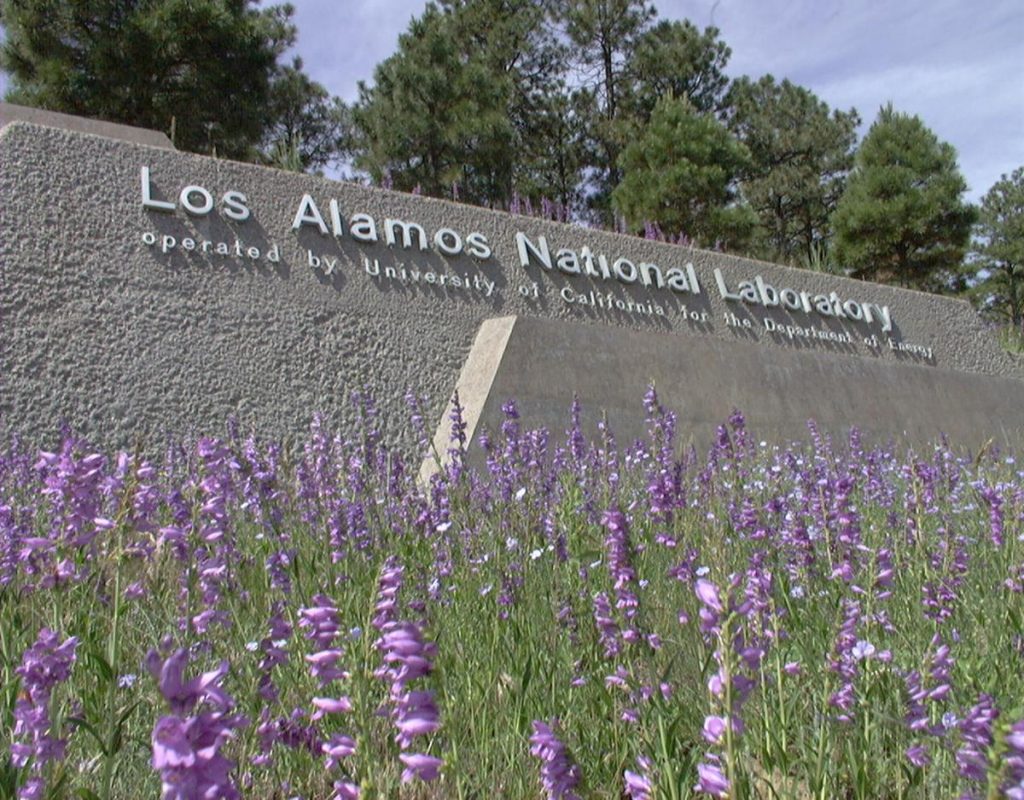The collapse of the Soviet Union in 1989 and end of the Cold War prompted James Watkins, then Secretary of Energy, to initiate “tiger teams” to perform comprehensive environmental, safety, and health assessments and begin the environmental cleanup of the sites. Within five years, this effort became the world’s largest environmental cleanup program as the department realized the magnitude of the environmental problems created over four decades when production of nuclear weapons took priority.
Today most of the old nuclear production facilities have been shut down. The entire complex is engaged in an ambitious clean up program and weighing future uses of the properties. With most of the Manhattan Project and Cold War facilities slated for decommissioning and disposal over the next few years, it is particularly important to assess their significance in the history of the United States and the world and work to preserve some of this history through the properties, artifacts and oral histories before it is too late.
Los Alamos National Laboratory after World War II
The original plans for Los Alamos involved the laboratory being shut down at the end of the war. But the United States never fully demobilized after World War II, instead settling into the edgy stare-down of the Cold War. As the USSR developed nuclear weapons and stockpiles on both sides skyrocketed, Los Alamos and its weapons research became more important than ever.
Beginning in the early 1950s with a decision to proceed with the hydrogen bomb (known as “The Super”), the population and funding of Los Alamos continued to grow. After the fall of the Soviet Union in 1989, however, it was time for Los Alamos to reassess its mission.
Today, as one of the National Laboratories, Los Alamos’ research activities have diversified to include basic research in biology, chemistry, physics and material science, as well as advanced projects in computing and lasers. Los Alamos is still one of America’s top centers for research on nuclear weapons, but in a post-Cold War world that work looks very different than it once did.
As stewards of existing nuclear arms, scientists at Los Alamos study ways to keep the American arsenal functional even without regular nuclear tests. As both sides curb the development of new weapons, U.S. scientists work with their counterparts in Russia to keep weapons materials and expertise from going on to the black market. Finally, the Laboratory is managing the cleanup of the toxic legacy of decades of nuclear activity at the site.
President Obama and Nuclear Disarmament
In a speech in Prague on April 3, 2009, President Barack Obama articulated a vision for a “world without nuclear weapons.” Stressing the danger of nuclear proliferation in rogue states, Obama expressed a commitment to working towards nuclear disarmament in a variety of ways. One year later, the Obama administration’s April 2010 Nuclear Posture Review stated that the primary role of the United States nuclear arsenal was to defend the country from nuclear attack and declared that the U.S. “will not use or threaten to use nuclear weapons against non-nuclear weapons states” that are in accordance with the Nuclear Non-Proliferation Treaty.
The Obama administration has pushed for the Senate to ratify the Comprehensive Test Ban Treaty, which prohibits signatories from detonating nuclear explosions such as nuclear weapons tests. Most recently, in May 2011 Under Secretary of State for Arms Control and International Security Ellen O. Tauscher announced the administration’s intention to speak with Republican and Democratic senators and educate the public on the treaty’s merits in the coming months.
Obama has also backed the strengthening of the Nuclear Non-Proliferation Treaty. In addition, the Obama administration has reopened arms control talks with Russia, resulting in the April 2010 START treaty with Russian President Dmitri Medvedev, which reduced the nuclear arsenals of both countries by about a third. Obama also led the effort to impose additional United Nations sanctions on Iran in June 2010 for its growing nuclear program.
For Los Alamos and other national laboratories involved in weapons production, however, a deprioritization of nuclear weapons carries with it the implications of reduced support and funds from the government.





